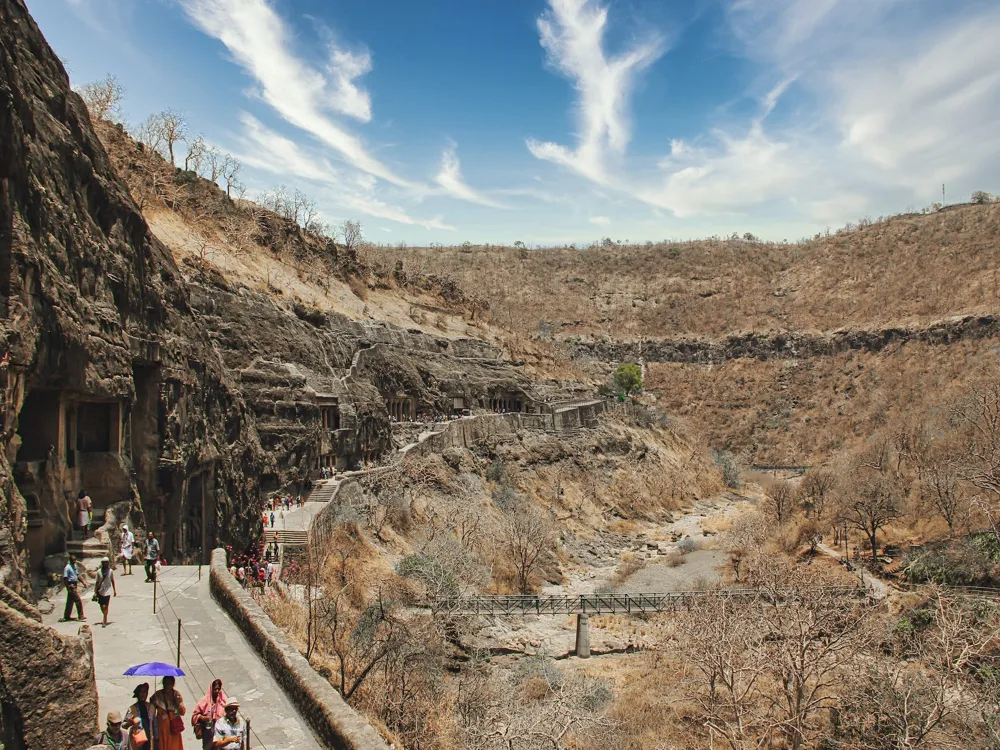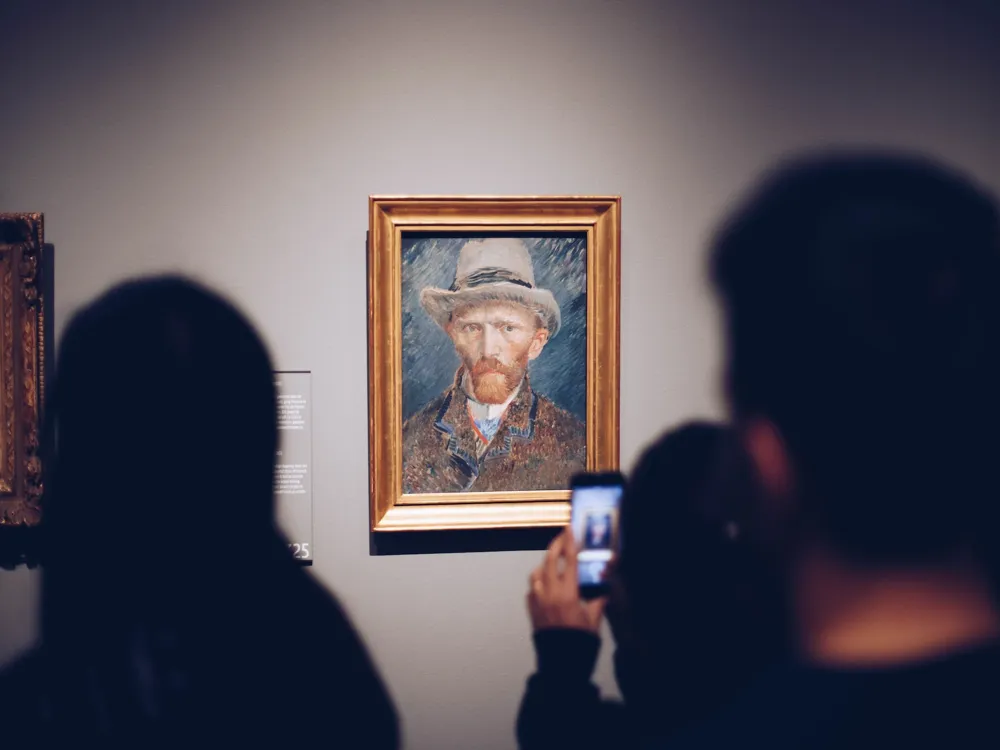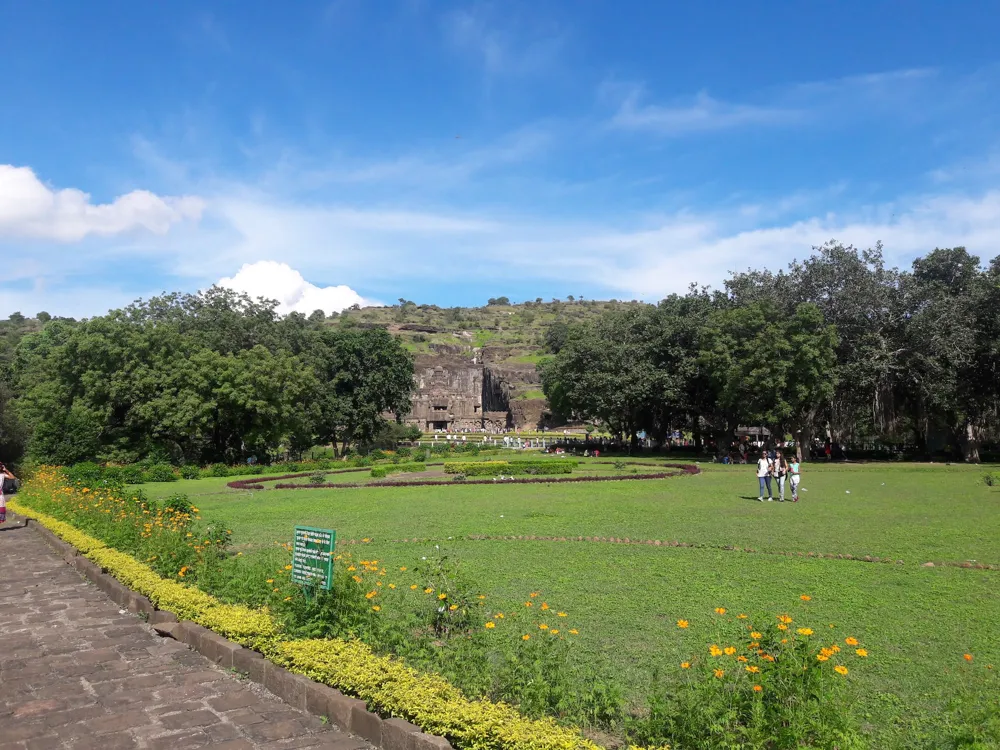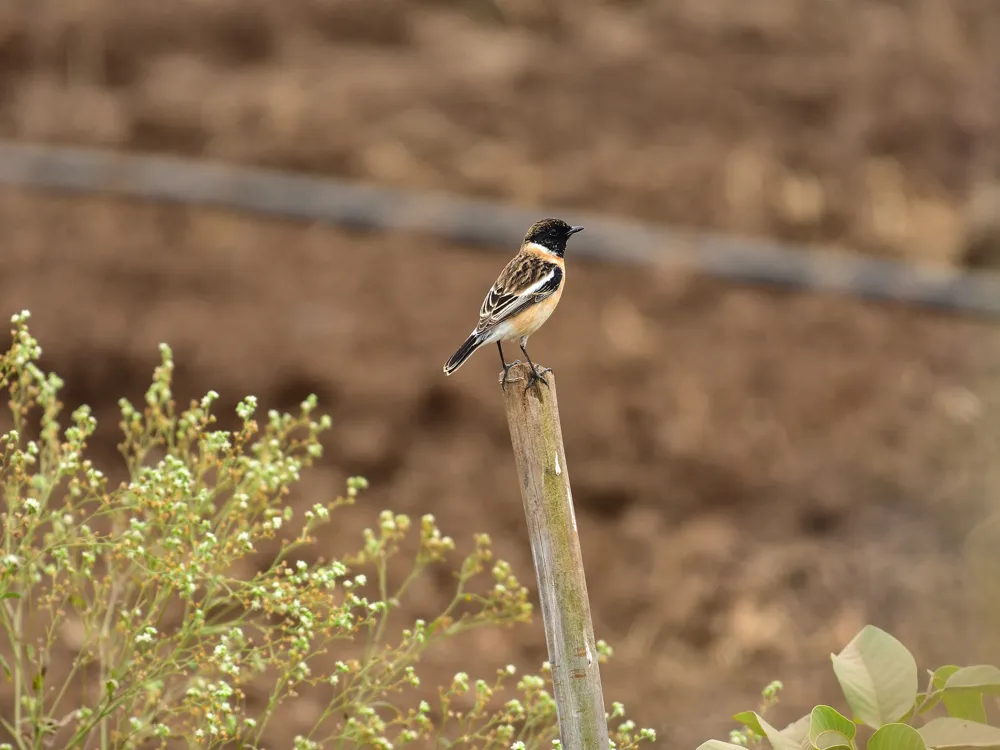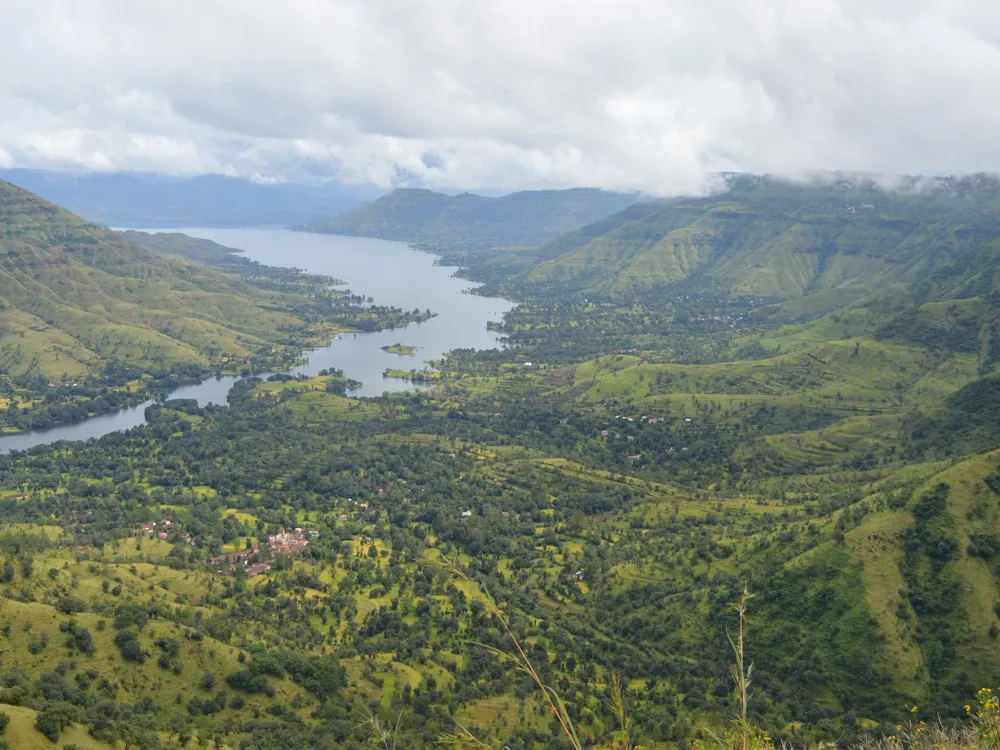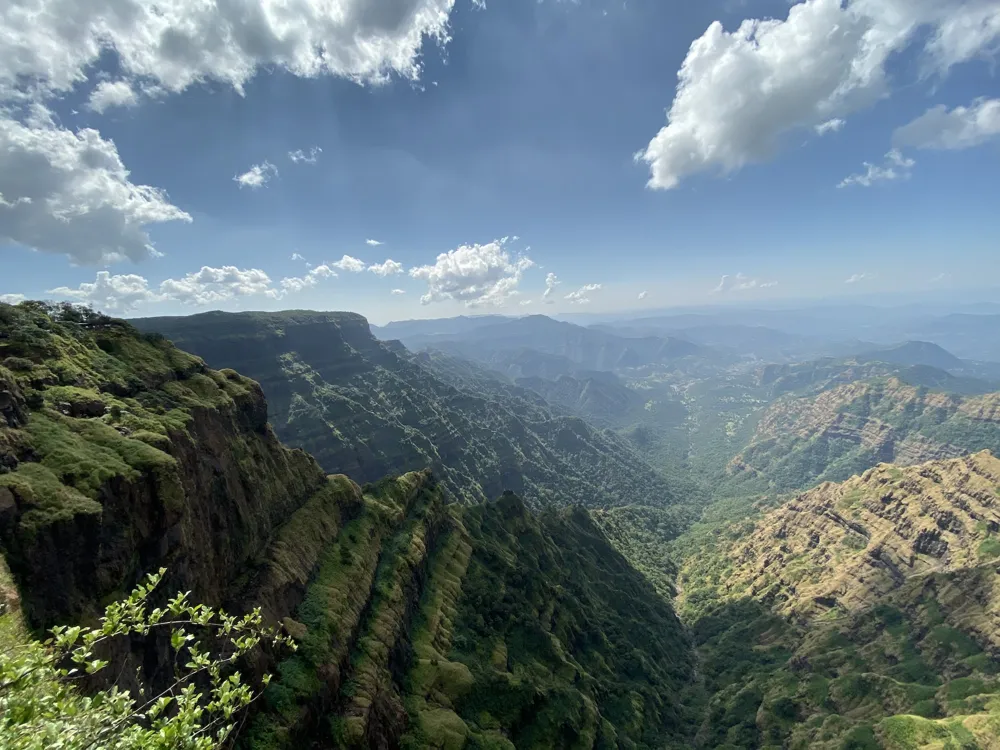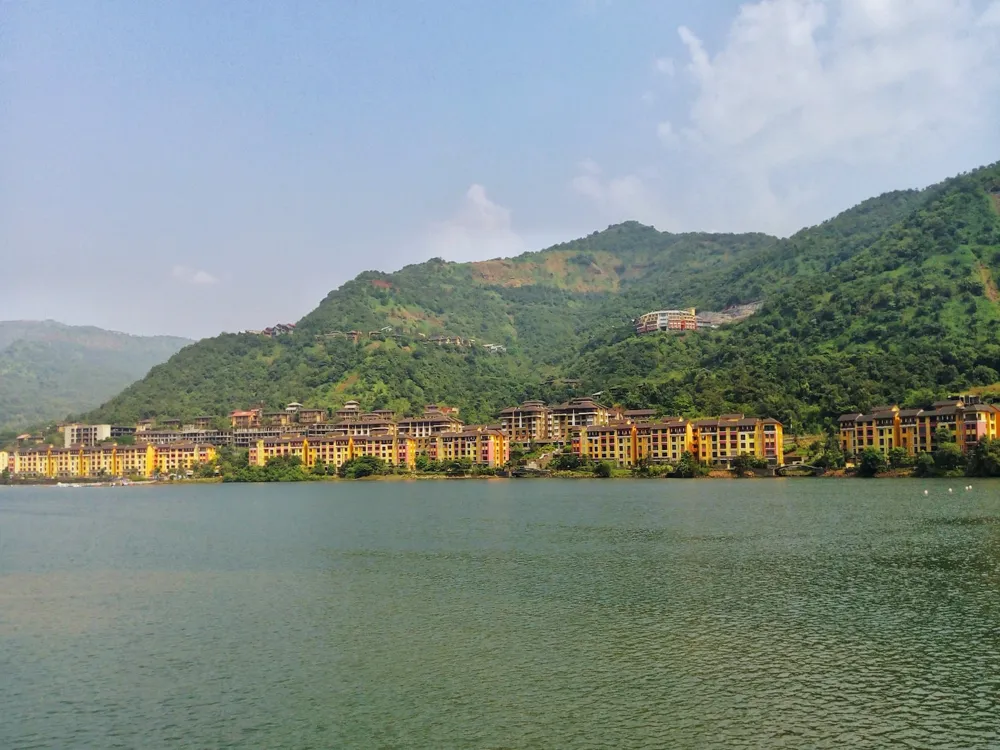Bibi ka Maqbara, a splendid mausoleum in Aurangabad, Maharashtra, is often referred to as the 'Taj of the Deccan' due to its striking resemblance to the famous Taj Mahal. Built in 1660 by the Mughal Emperor Aurangzeb in memory of his wife, Dilras Banu Begum, this monument is an epitome of love and architectural magnificence. The mausoleum stands amidst lush gardens, reflecting Mughal architecture's grandeur, blending Persian and Indian styles. The main structure made from marble and adorned with intricate carvings and semi-precious stones, captures the eye of every beholder. The historical significance of Bibi ka Maqbara is deeply rooted in the Mughal era, symbolizing the era's architectural and cultural zenith. Aurangzeb, known for his conservative leadership, commissioned this monument, dedicating it to his chief consort. It is a masterpiece that showcases the skilled craftsmanship of artisans of that time and stands as a testament to the rich cultural heritage of India. Visitors are enchanted by its serene ambience, the beautiful garden layout, the water channels, and the stunning reflection of the mausoleum in the water bodies, all encapsulating the essence of Mughal garden layouts. The architecture of Bibi ka Maqbara is a fine example of the transition in Mughal architecture, as it was built during a period when architectural styles were evolving. The mausoleum is crowned by a dome that is reminiscent of the Taj Mahal but with distinctive features that reflect the Deccan influence. The main structure is flanked by four towering minarets, each displaying exquisite carvings and inlaid work. The harmonious proportions and the extensive use of marble, coupled with detailed pietra dura inlay work, make it an architectural marvel. An interesting aspect of its architecture is the charbagh layout – a garden divided into four equal parts, typical of Persian gardens. This adds an element of paradise symbolism, a common theme in Islamic architecture. The entire complex is encircled by a high wall with pavilions, suggesting the importance of privacy and security in Mughal architecture. The balance between the structural elements and the open spaces is a testament to the advanced architectural understanding of the period. The best time to visit Bibi ka Maqbara is during the cooler months from October to March. The weather is pleasant, making it ideal for exploring the outdoor monument. Visitors are advised to dress modestly, keeping in mind the cultural and religious significance of the site. Comfortable footwear is recommended as the tour involves a lot of walking. Early morning or late afternoon light is perfect for photography at Bibi ka Maqbara, offering soft lighting and less crowd for capturing the perfect shot. Bibi ka Maqbara is well-connected and easily accessible. The nearest airport is Aurangabad Airport, about 10 km away. For those preferring rail, Aurangabad Railway Station is well-connected to major Indian cities. Local transport in Aurangabad, like taxis and auto-rickshaws, is readily available to reach the monument. Additionally, visitors can opt for tour buses or private vehicles for a more comfortable journey. READ MORE:Overview of Bibi ka Maqbara in Aurangabad, Maharashtra
Architecture of Bibi ka Maqbara
Tips When Visiting Bibi ka Maqbara
Best Time to Visit
Dress Code and Etiquette
Photography Tips
How To Reach Bibi ka Maqbara
Bibi ka Maqbara
Aurangabad
Maharashtra Goa
NaN onwards
View aurangabad Packages
Weather :
Label : Must Visit
Tags : Monument
Timings : 8:00 AM - 8:00 PM
Time Required : 1-2 hours
Entry Fee : Indians: INR 10, Foreigners : INR 250
Planning a Trip? Ask Your Question
Aurangabad Travel Packages
View All Packages For Aurangabad
Top Hotel Collections for Aurangabad

Private Pool

Luxury Hotels

5-Star Hotels

Pet Friendly
Top Hotels Near Aurangabad
Other Top Ranking Places In Aurangabad
View All Places To Visit In aurangabad
View aurangabad Packages
Weather :
Label : Must Visit
Tags : Monument
Timings : 8:00 AM - 8:00 PM
Time Required : 1-2 hours
Entry Fee : Indians: INR 10, Foreigners : INR 250
Planning a Trip? Ask Your Question
Aurangabad Travel Packages
View All Packages For Aurangabad
Top Hotel Collections for Aurangabad

Private Pool

Luxury Hotels

5-Star Hotels

Pet Friendly







